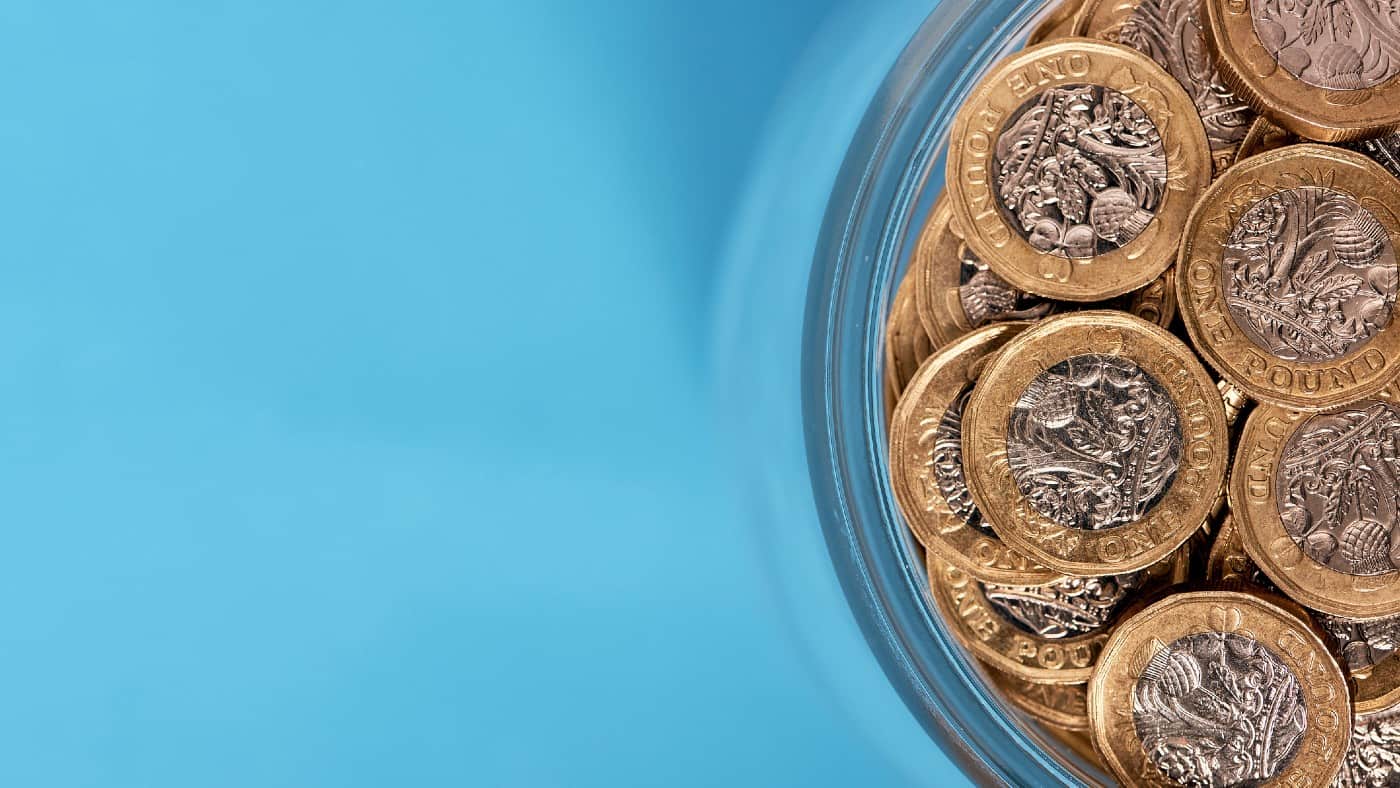As I look to the new year, one of my top aims could be to improve the quality or the yield of the top dividend shares I own. However, what if I didn’t own any income paying stocks but wanted to get started? From my experience, below are the key steps that I’d consider in order to feel confident in my portfolio.
Picking my risk level and target dividend yield
The first step would be to set my risk level. This is pretty much the starting point in my opinion, as everything else then starts to fall in place. I need to decide whether this pot is for risky investments with high levels of income, or for more conservative picks that potentially could be more sustainable but with lower dividends.
Once I’m happy with my decision, I can then move to step two and select my average dividend yield. This yield could be very specific, for example if I’m looking to beat the current level of inflation (4.2%). Or it might be a nominal figure that I’d just like to have as a return, for example 5%.
Then I can move onto step three, which involves selecting a group of specific top dividend shares. Ideally, I want to pick between half a dozen and a dozen stocks. This way, I can diversify my risk of a company cutting the dividend in 2022 or beyond. Also, the more stocks I own, the easier it’ll be to blend all the yields together and achieve my target dividend yield from step two.
Managing the top dividend shares over time
Step four involves deciding how much money I’m going to invest. I can decide to invest a lump sum in one go, or split things up and invest a portion of money on a regular basis. This decision often depends on how much free cash I have at the moment, versus my cash flow over the next year or so.
With that sorted, I then can pull everything together and buy the top dividend shares. However, this isn’t the final step. Step six is actually an ongoing process of monitoring the income portfolio. After all, if a company stops paying a dividend then I might need to consider selling it and buying a different stock.
Further down the line, I also might decide that my risk level, the target yield, or the money I can invest has changed. This again would require me to alter the portfolio. Ultimately, the final step means keeping an eye on things and being flexible to adjust my shareholdings over time.
Taking things step-by-step
Overall, the above six steps provide me with a clear and easy way to break the process down. Building a portfolio of top dividend shares might seem daunting. But by taking things in turn and ticking off the steps one-by-one, I can look to reach my end goal.







